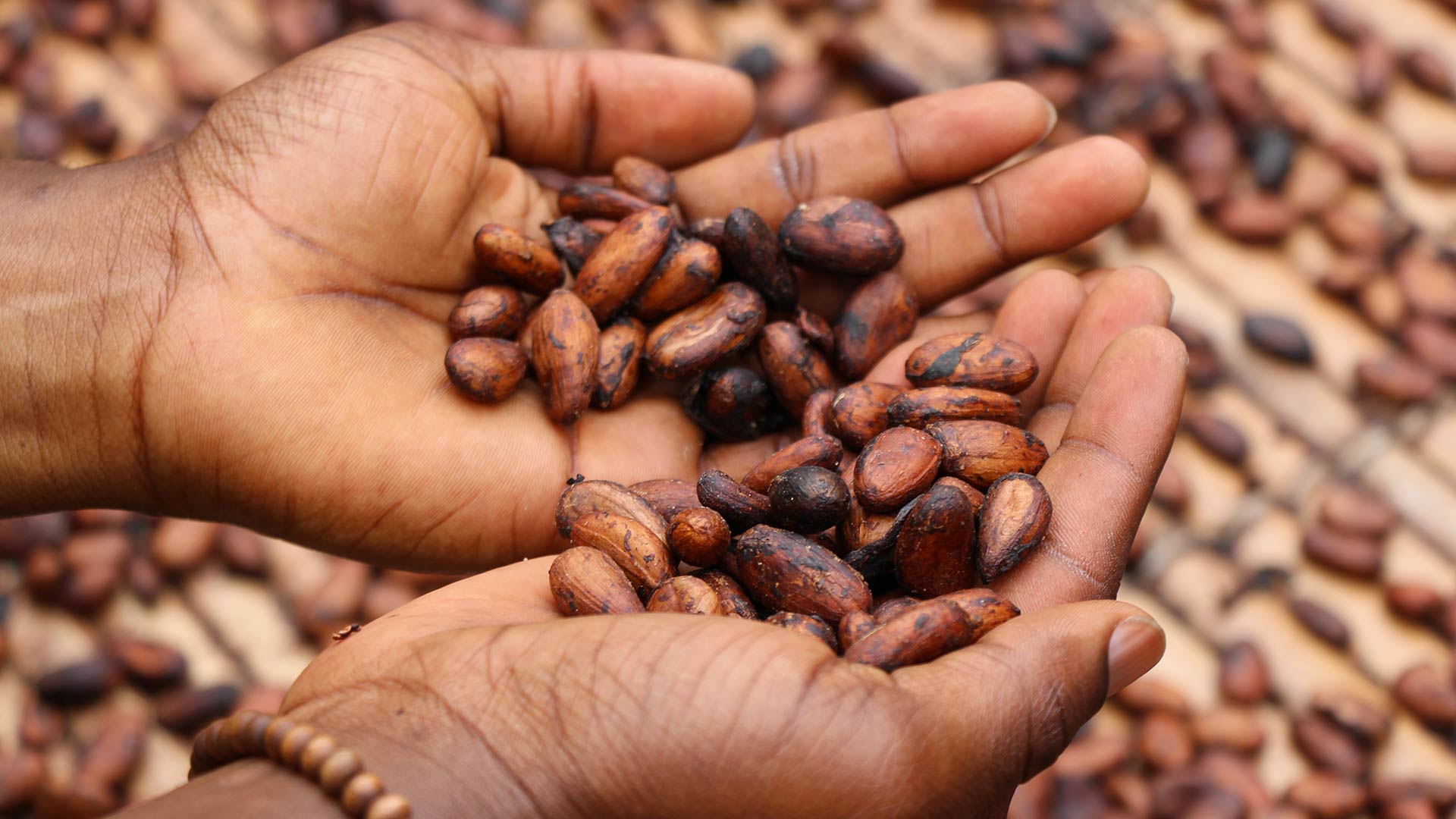How Smallholder Farmers in Nicaragua Can Generate more Regular Income Streams Through Diversification
by Anne-Laurence Zingg
Abstract
In terms of volume and value, coffee is one of the most important agricultural commodities traded on the international market. Yearly, about 135 million bags containing 60kg of coffee are produced in 80 different countries all over the world (International Coffee Organisation (ICO), 2013). Thereby, for many, growing and processing coffee has become a very lucrative industry. Over 100 million people are engaged in production and processing alongside the 25 million coffee producers worldwide. A large majority of these producers are smallholder farmers who are directly dependent on coffee for their livelihood.
The historical declining terms of trade and price volatility are putting a lot of pressure on the smallholder farmers, making escaping poverty both more difficult and increasingly important (Panhuysen & Van Reenen, 2012). Additionally, many coffee producing households are facing seasonal effects that lead to a regular, cyclical food insecurity, known as The Thin Months. Until recently, this seasonal food insecurity was a phenomenon that was ignored by many members of the coffee value chain. The fact that the Thin Months affects a significant portion of coffee farmers illustrates the severity of this phenomenon and the urgent need to develop ways of combating it. In the following chapters, background information and analysis on The Thin Months will be presented in order to increase understanding of this problem. Additionally, the present thesis will discuss diversification as a possible method to tackle the food drought of The Thin Months.

